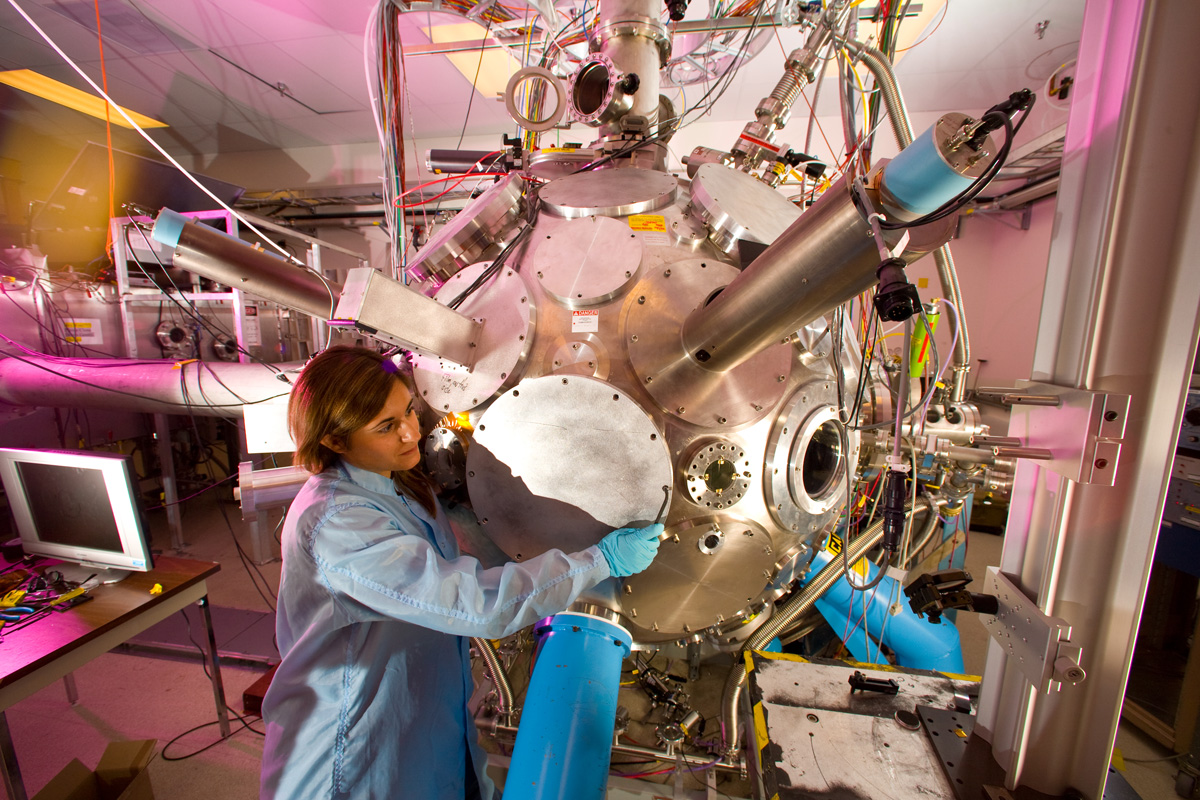Films and TV shows often depict science laboratories as being hidden in top secret underground bunkers or inside exctinct volcanoes. In reality, most labs are located in regular offices or warehouses.
However, some real-life research centres occupy jaw-dropping complexes in the most extreme environments imaginable. They’re a far cry from your average lab, but these incredible scientific laboratories conduct excellent research in some of the toughest conditions.
They also get more people interested in science, and that’s always a great thing.
At Evolve, we believe that good science starts when people start talking about science. Let’s take a look at some of most amazing science labs in the world.
Aquarius Science Laboratories, Florida
Aquarius, the closest thing to the deep-sea base from James Bond, is the world’s only underwater laboratory. Scientists swim down 50 ft to this seabed lab to study coral reefs, marine life, tidal nutrients, and climate change. The lab hosts up to six scientists on 10-day missions, offering the researchers creature comforts like showers and microwave ovens deep below the waves.
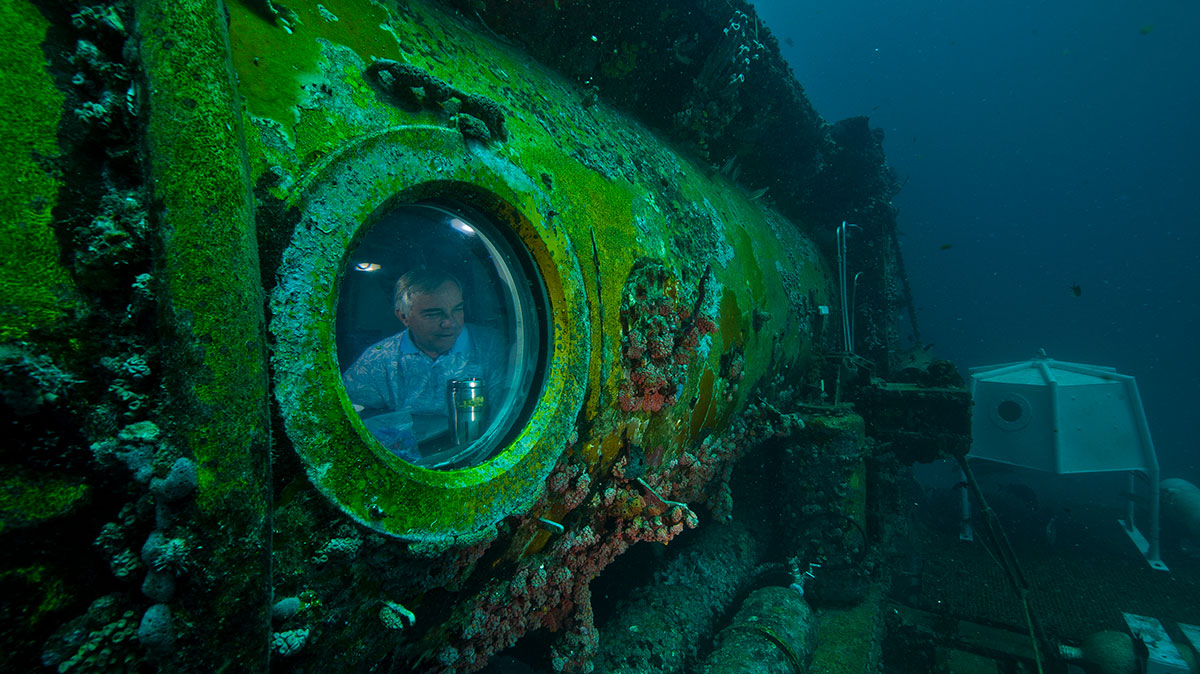
The FloWave Ocean Energy Research Facility, Edinburgh
FloWave is a truly unique facility. Consisting of a 25-metre diameter, 2-metre deep circular basin, it creates highly repeatable waves and currents that mimic real-life coastal waters. The centre hosts an 82 ft wide circular wave pool surrounded by 168 automated paddles. These paddles move in patterns to simulate the open ocean, mimicking all sorts of wave speeds and shapes. Researchers use FloWave to test the offshore energy industry equipment, re-creating everything the ocean throws at turbines and oil rigs. They can even generate a 90 ft vertical spike wave.
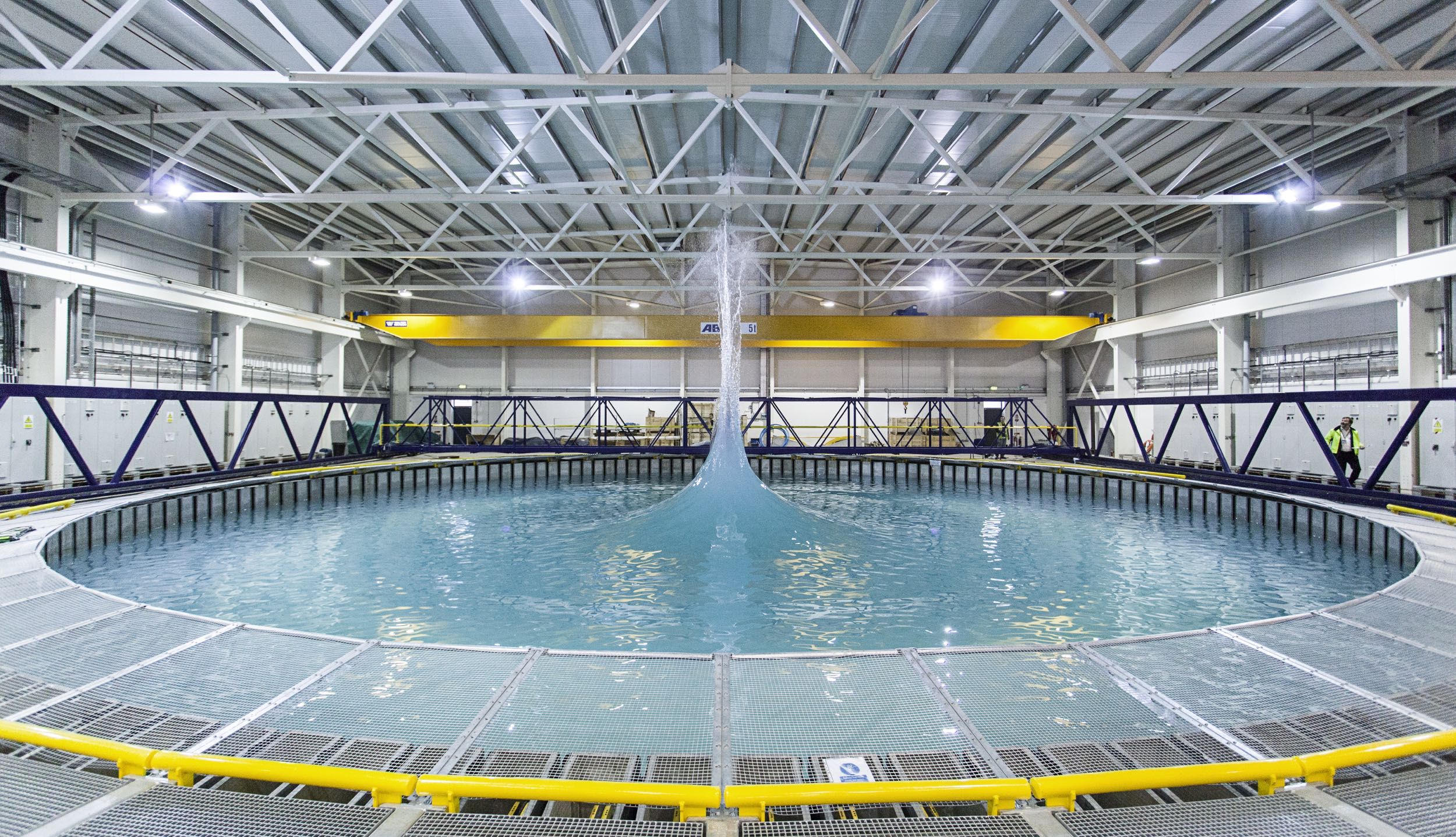
Lawrence Livermore National Laboratory, California
The Target Chamber of the National Ignition Facility is a large laser-based inertial confinement fusion research device that performs nuclear fusion reactions by using lasers to heat and compress a small amount of hydrogen fuel. NIF’s research helps users gain new insights into the mechanisms driving new and dying stars, supernova hydrodynamics, black holes, cosmic magnetic fields, warm dense matter, and the interiors of giant planets.
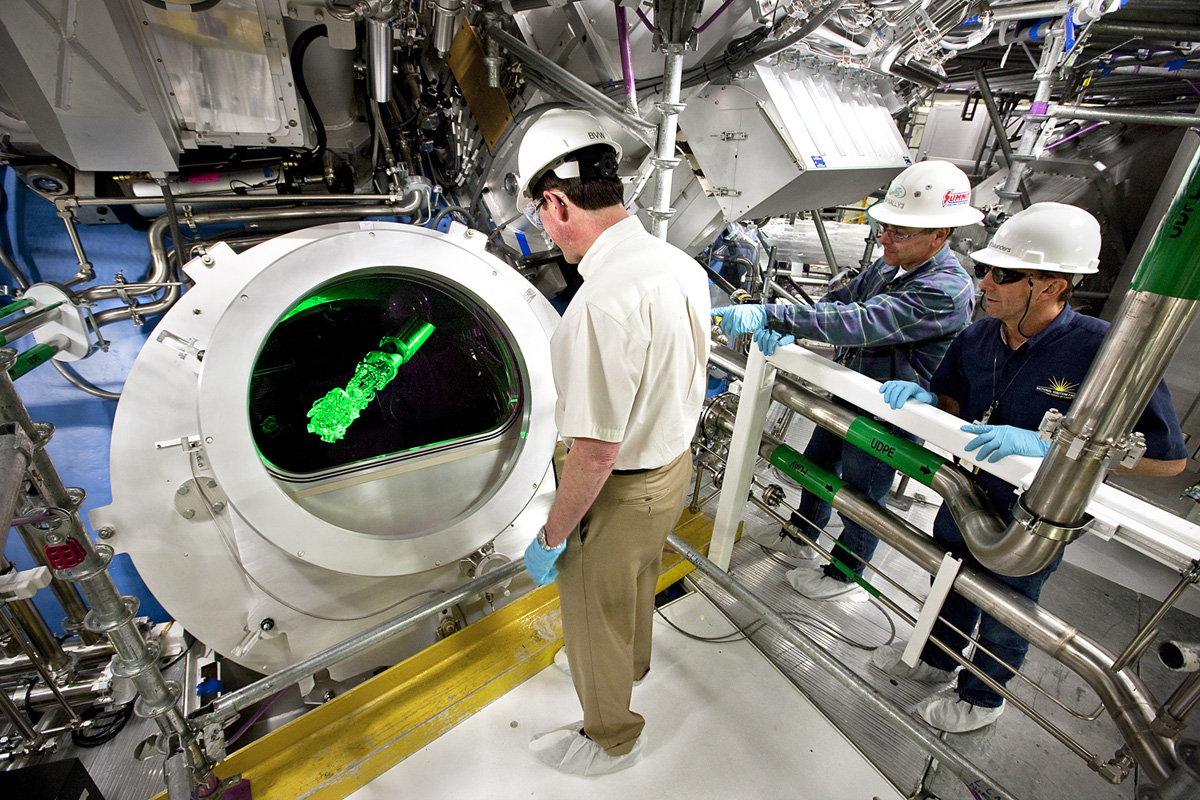
The Amundsen-Scott South Pole Station, Antarctica
Antarctica, the only continent with more scientific laboratories than places of worship, is a major hub for the scientific community. The US founded the Amundsen-Scott station in 1957, and the centre still generates insightful oceanographic and atmospheric research to this day. Polar missions demand a lot from each researcher, and they often span a full year on the isolated station. However, the Amundsen-Scott centre still makes the bucket list for many intrepid scientists around the world.
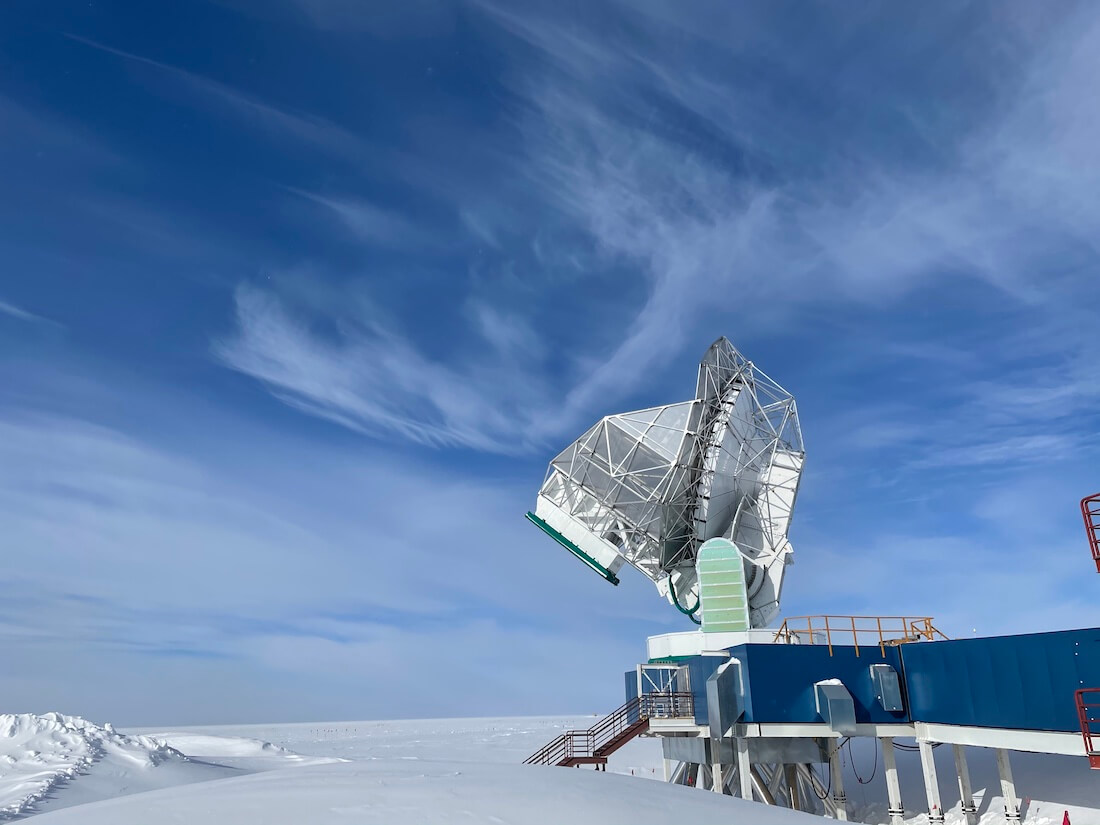
The Canadian Light Source, Saskatchewan
The Resonant Elastic and Inelastic Soft X-ray Scattering Endstation is an advanced soft x-ray scattering facility. Since coming into user operation in 2005, the Canadian Light Source has carried out more than 3,000 experiments, 85 per cent of which were produced by Canadian researchers in the disciplines of physics, chemistry, biology, animal and human health, agriculture, engineering, archaeology, geology and paleontology.
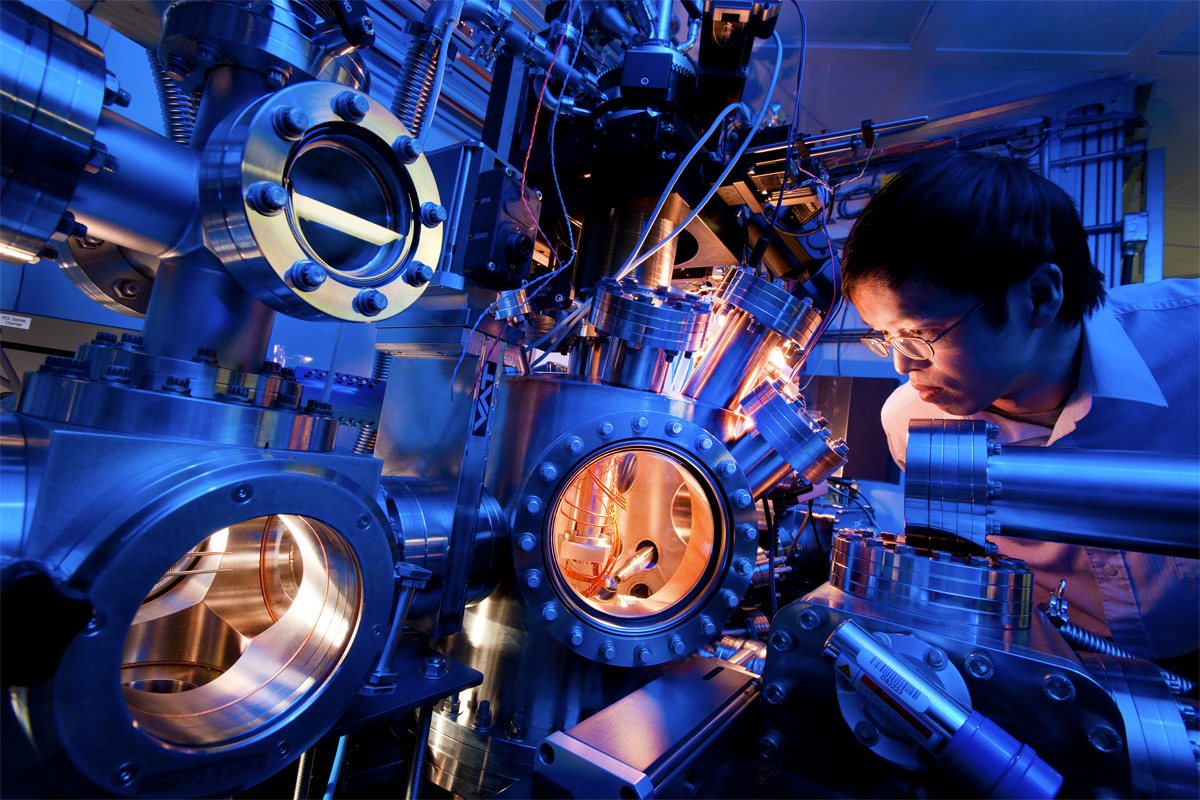
CERN, Switzerland
The European Organisation for Nuclear Research is located under the French and Swiss Alps. Spanning two countries and 5.5 square kilometres, CERN is the biggest research facility on the planet. Founded by 12 members states in 1954, the mountainous complex now hosts researchers from more than 70 countries and, most famously, the Large Hadron Collider. The 27-kilometre ring of superconductive magnetic particle accelerators made history when they helped discover the Higgs Boson in 2014. The Large Hardon Collider serves as a testing ground for different theories of particle physics and high-energy physics in an effort to further our understanding of reality and physical law.
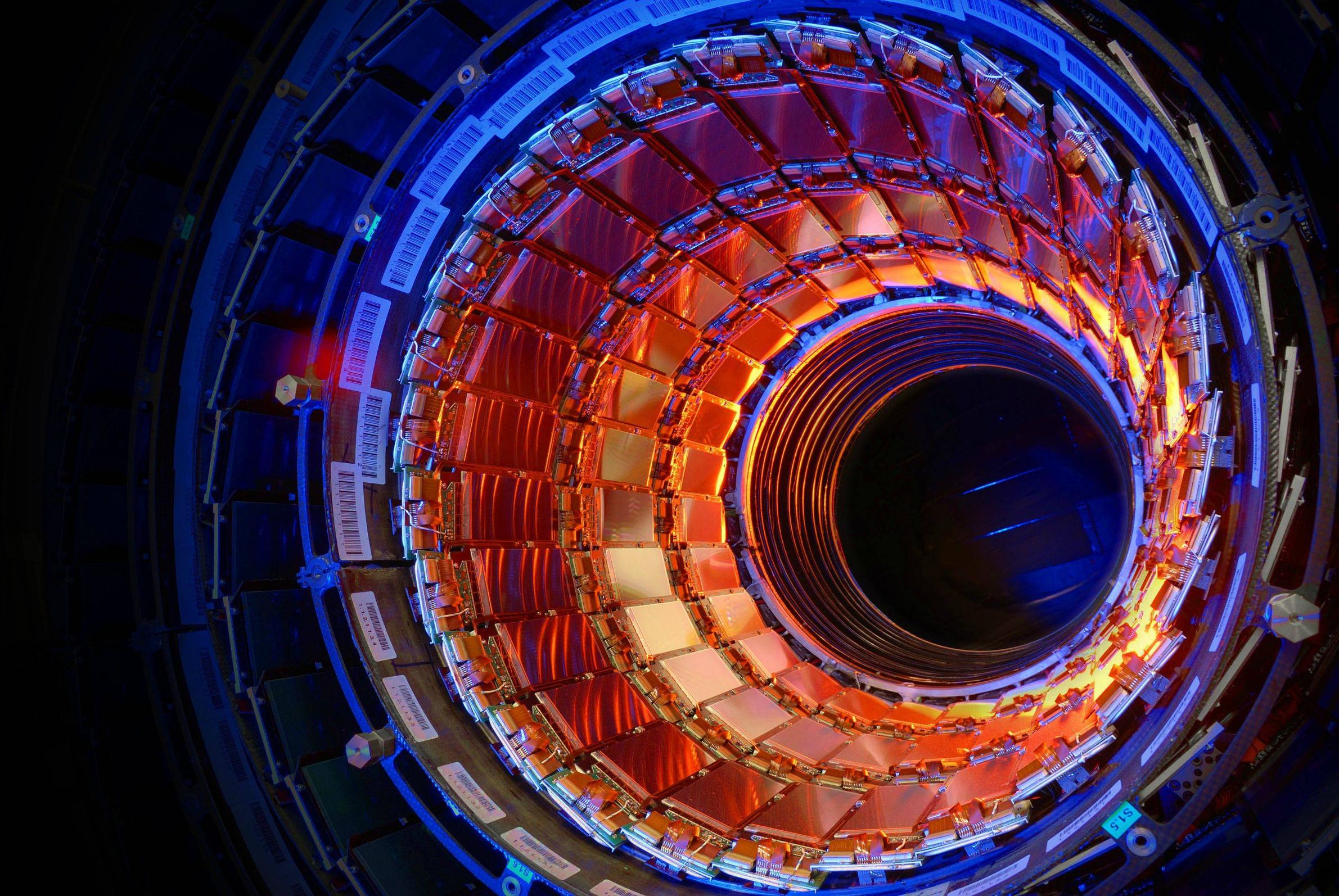
Sandia National Laboratories, Albuquerque
Sandia’s Z machine is the world’s most powerful and efficient laboratory radiation source. It uses high magnetic fields associated with high electrical currents to produce high temperatures, high pressures, and powerful X-rays for research in high energy density physics. Z provides the fastest, most accurate, and cheapest method to determine how materials will react under high pressures and temperatures, characteristics that can then be expressed in formulas called “equations of state.”
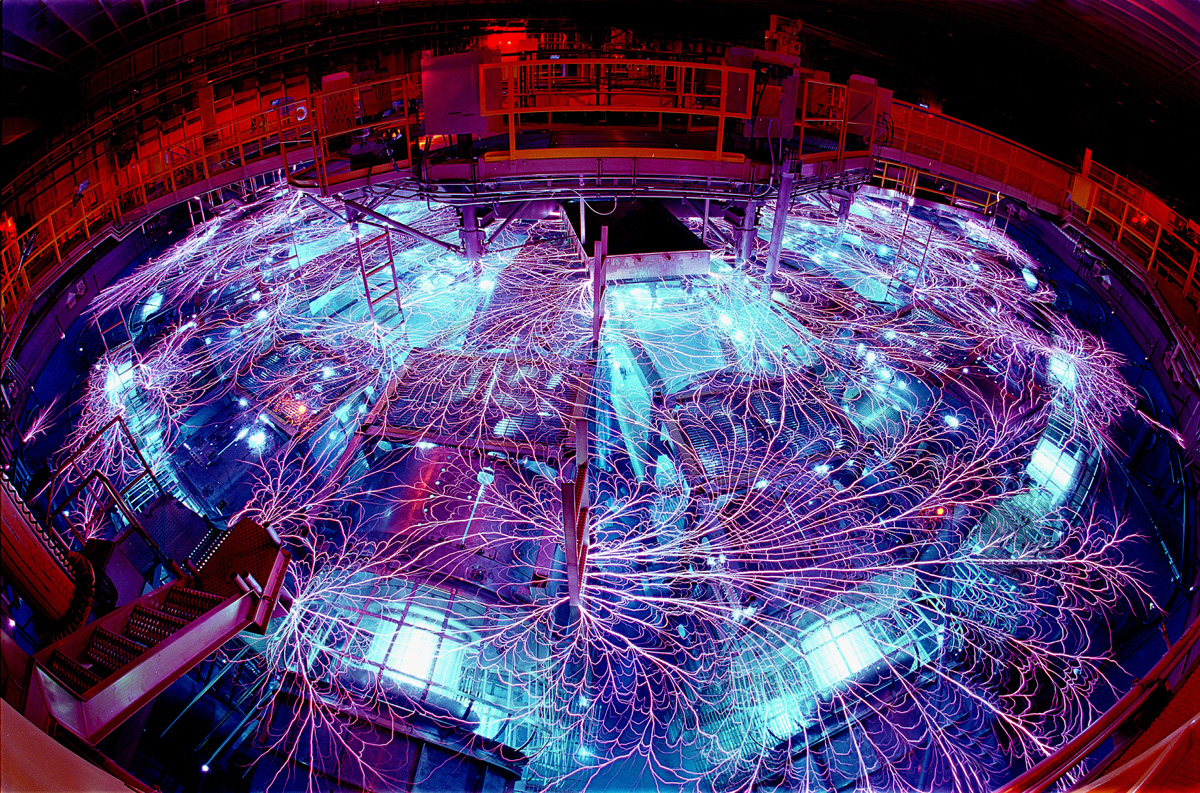
The International Space Station
Despite tough competition, there’s only one winner of the most impressive science laboratories in the world- or 250 miles above the world, to be precise. The International Space Station is the most extreme of all manmade science laboratories and primarily serves as a microgravity and space environment research laboratory – providing the setting for a range of experiments in biology, human biology, physics, astronomy, and meteorology.
Project Maleth, funded by Evolve, spent more than a month on the International Space Station, in a major first for Malta. Scientists hope that the information they glean from the results of the experiment will help patients in the long run by developing new ways to treat diabetes and its symptoms.
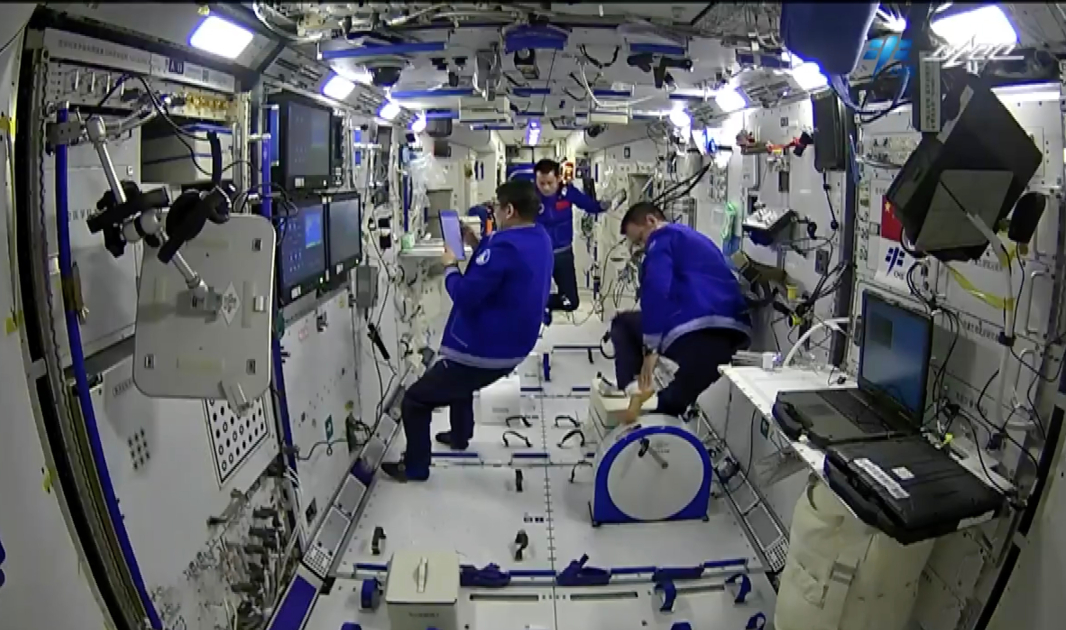
Supporting our customers
Be the first to hear the latest news, ideas and initiatives from Evolve
Evolve is your trusted science partner
Evolve champions potential, helping scientists, businesses and communities to thrive. Because when they thrive, so do we. Our purpose underpins everything we do.
At Evolve, we tailor scientific solutions to your requirements with a range of knowledge and experience, including:
- Facility design, laboratory supplies and lab furniture layout
- Expertise to help you make quick and informed decisions for all your clinical, scientific or analytical needs
- We can provide you with a comprehensive maintenance and support service
- We offer training in a number of areas of interest to the scientific community
- Our proactive, consultative approach is underpinned by the expertise of our team of dedicated professionals, ensuring that you’ll get personal support from one of our experts. We call it ‘help for what matters‘.
If you need to speak with someone from Evolve, please visit our Support Centre page.

